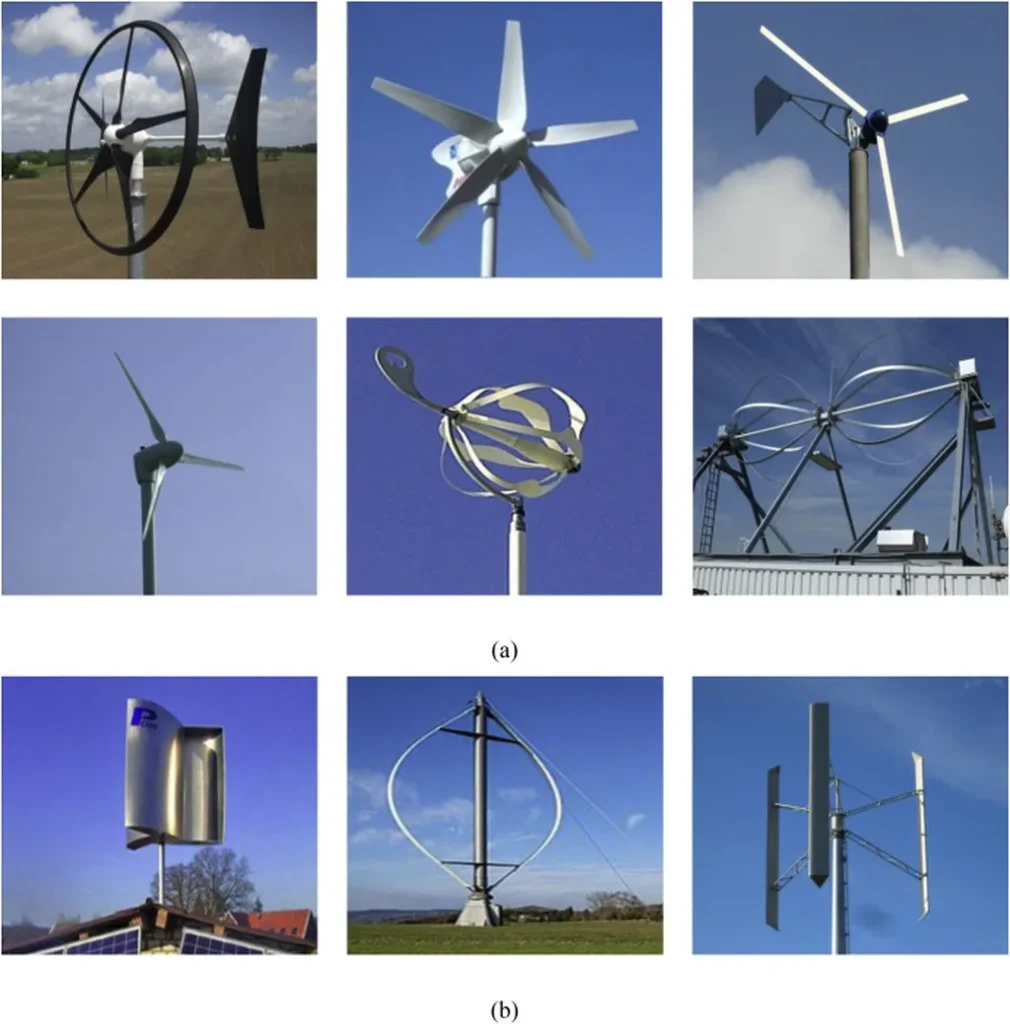In the bustling heart of cities, where skyscrapers cast long shadows and the wind dances unpredictably, a new study offers a breath of fresh air for the urban wind energy sector. Researchers, led by Umair Munir from the Mechanical Engineering Department at NFC-IEFR in Faisalabad, Pakistan, have delved into the world of motionless wind energy systems, aiming to optimize their performance in the chaotic urban wind environment. Their findings, published in the journal “Energy Conversion and Management: X” (formerly known as “Energy Conversion and Management: Reports”), could pave the way for more efficient and cost-effective urban wind turbines.
The study focuses on a unique wind energy system that uses opposing airfoils to harness wind energy without moving parts, making it ideal for urban deployment. However, the system’s performance is often hampered by variable wind directions and the lack of effective passive yaw control mechanisms. To address this, Munir and his team employed computational fluid dynamics (CFD) to evaluate five different tail vane designs—NACA0012, triangular, trapezoidal, arrow, and rounded—for their aerodynamic performance.
The results were striking. The NACA0012 airfoil-shaped vane emerged as the top performer, generating 15% more lift than its counterparts while maintaining low drag. This superior efficiency enables the turbine to align itself effectively with the wind, even at speeds of up to 8 meters per second. “The NACA0012 vane’s streamlined design allows it to harness the wind’s energy more effectively, making it a game-changer for urban wind turbines,” Munir explained.
However, the study also revealed a significant challenge. Off-axis wind angles exceeding 15° can drastically degrade performance, reducing the coefficient of performance (COP) by 26% at 20° and a staggering 81% at 25°. This underscores the critical role of passive yaw control in maximizing the system’s efficiency.
The implications of this research are far-reaching for the energy sector. By optimizing the passive yaw control mechanism, urban wind turbines can become more viable and cost-effective, offering a sustainable solution for harnessing low-to-medium wind speeds with minimal maintenance. “This study contributes to the ongoing efforts to make wind energy more accessible and efficient in urban environments,” Munir noted.
As cities around the world strive to reduce their carbon footprint and embrace renewable energy, the findings of this study could shape the future of urban wind energy systems. By integrating streamlined tail vanes like the NACA0012, developers can enhance the performance and reliability of motionless wind turbines, making them a more attractive option for urban deployment. The research not only advances our understanding of aerodynamic performance in urban wind conditions but also opens up new possibilities for innovation in the field of wind energy.

